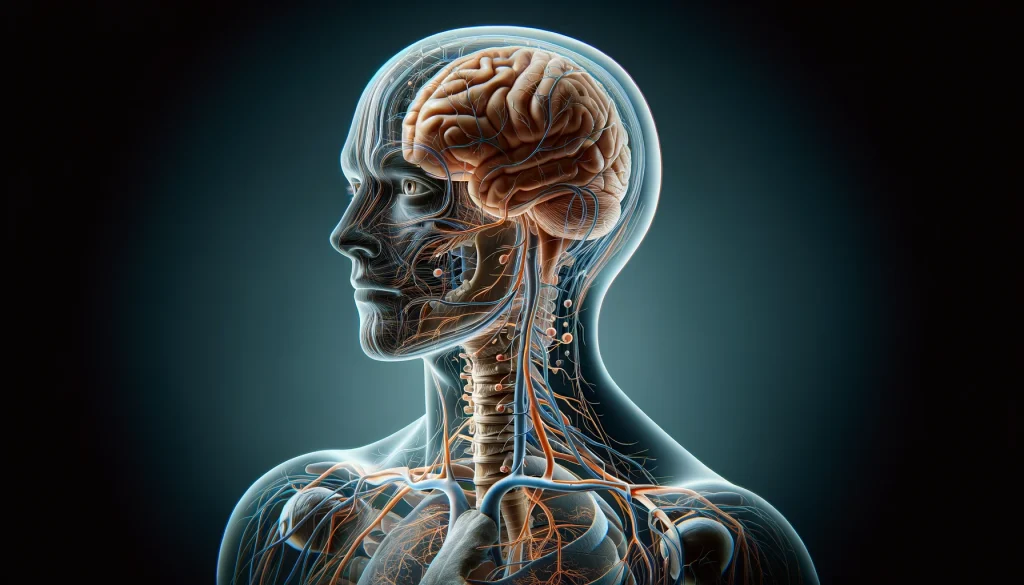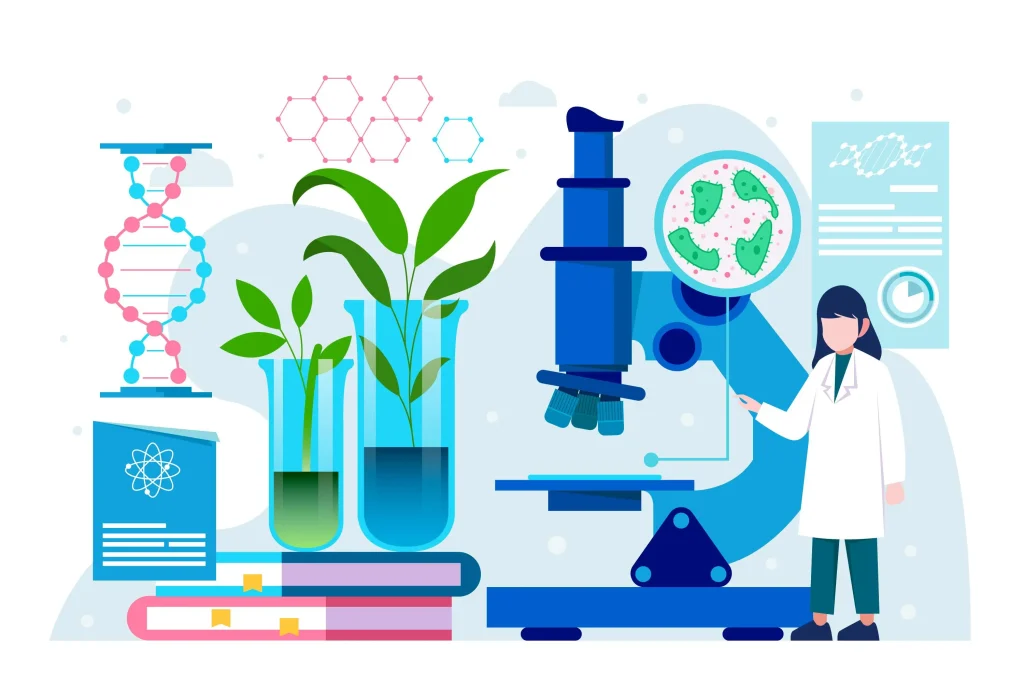Nucleic acid metabolism and genetic information Transfer Notes
Buy Premium
Get The High-Quality Pdf Notes on App
Nucleic acid metabolism and genetic information Transfer
- Biosynthesis of Purine Nucleotide
- Biosynthesis of Pyrimidine Nucleotide
- Catabolism of Purine Nucleotides
- Hyperuricemia
- Gout Disease
- Organization of mammalian genome
- DNA (Deoxyribonucleic Acid): Structure & Functions
- RNA (Ribonucleic Acid): Structure & Functions
- DNA Replication (Semi-Conservative Model)
- Transcription or RNA Synthesis Overview
- Differences between RNA synthesis in eukaryotes and prokaryotes
- Genetic code
- Translation or Protein synthesis
- Inhibitors of Translation
Other Units of Biochemistry
Biochemistry
Other Subjects of B Pharmacy 2nd Semester
Topic wise notes of:
Human Anatomy & Physiology II
- Nervous system U-1
- Digestive system & Energetics U-2
- Respiratory & Urinary system U-3
- Endocrine System U-4
- Reproductive System U-5
Topic wise notes of:
Pathophysiology
- Cell injury, Inflammation U-1
- Cardiovascular, Renal System U-2
- Haematological Diseases U-3
- Cancer & Bones Diseases U-4
- Sexually Transmitted Diseases U-5
Nucleic Acid Metabolism and Genetic Information Transfer – Summary
Unit IV focuses on the metabolism of nucleic acids and the processes involved in the transfer of genetic information, which are fundamental to molecular biology and biochemistry. It begins with the biosynthesis of purine and pyrimidine nucleotides, essential building blocks of DNA and RNA. The unit also explores the catabolism of purine nucleotides, with a focus on conditions like hyperuricemia and gout, resulting from excess uric acid.
In addition, the organization of the mammalian genome is discussed, highlighting how genetic material is structured and regulated within cells. The unit further examines the structure and functions of DNA and RNA, emphasizing their roles in storing and transmitting genetic information.
The process of DNA replication, based on the semi-conservative model, is thoroughly explained, followed by transcription, where RNA is synthesized from a DNA template. The unit continues with the genetic code and the mechanism of translation, detailing how proteins are synthesized from mRNA sequences.
Lastly, it covers inhibitors of transcription and translation, which are crucial in medical and pharmacological contexts. This unit provides a strong foundation for understanding genetic processes and their relevance to health, disease, and biotechnology.
At FirstHope, we provide BPharm notes semester that are topic-wise, easy to understand, and designed strictly as per the AKTU and Other Universities, hence designed according to PCI syllabus.
Thank you for reading from Firsthope's notes, don't forget to check YouTube videos!



